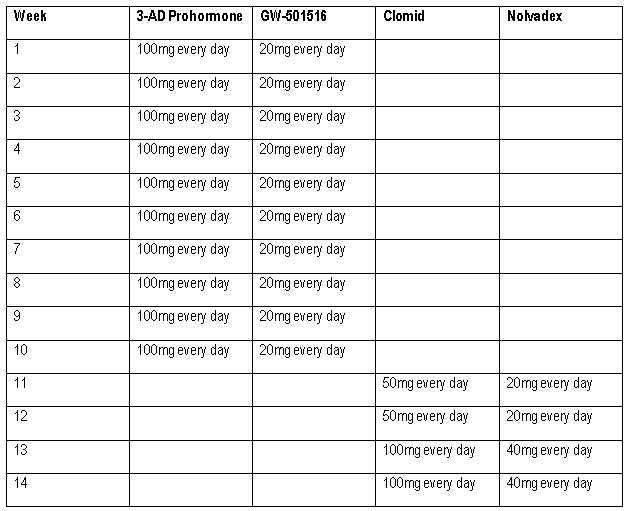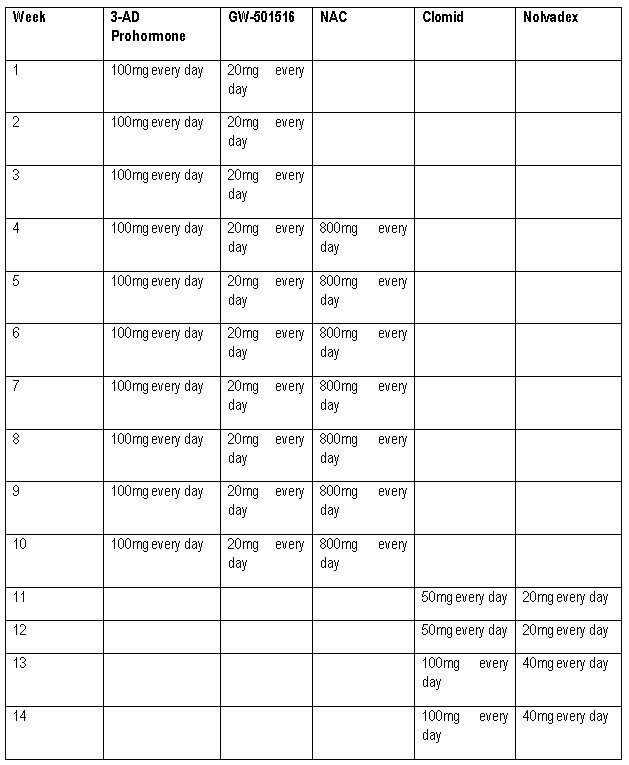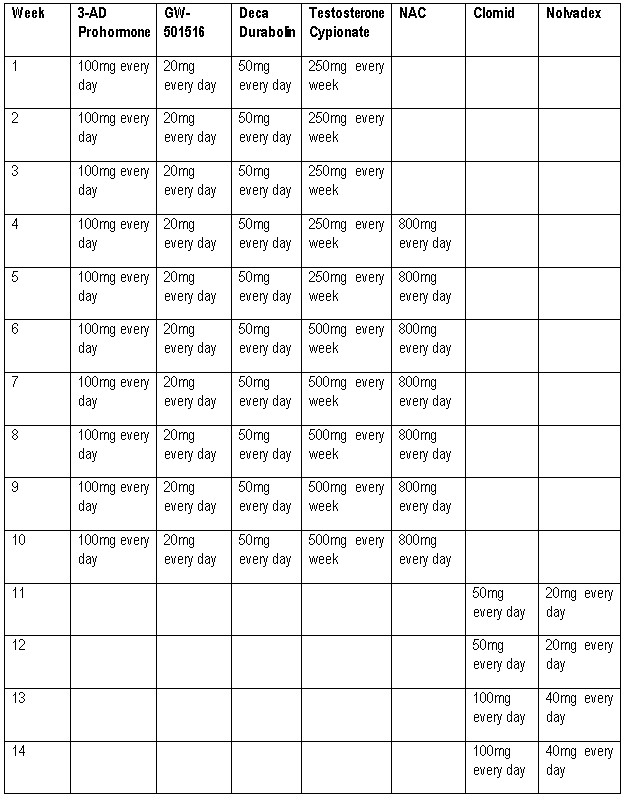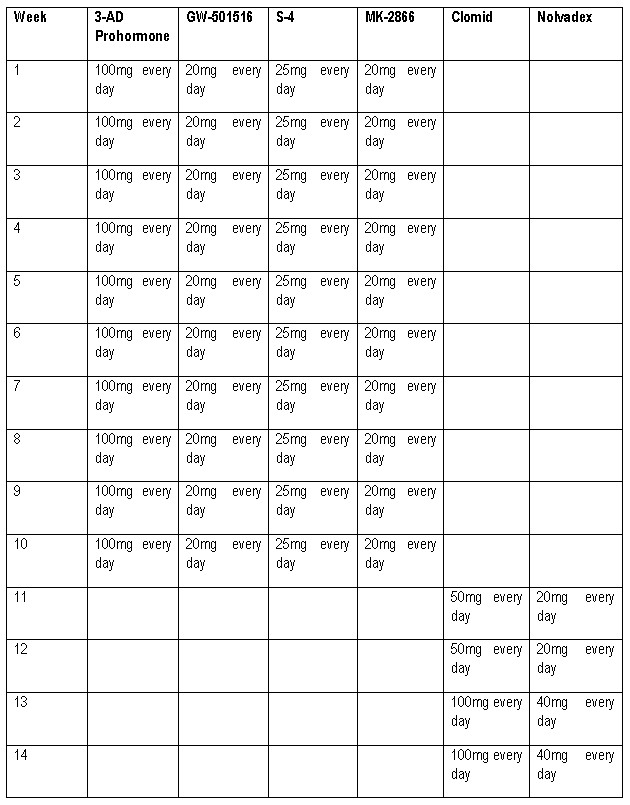Exploring the Power of Fat Burning Foods
Exploring the Power of Fat Burning Foods

The role of nutrition cannot be ever overstated in the pursuit of a more sculpted physique and a healthier lifestyle. In today's fitness-conscious world, many people have started focusing on the potential of fat burning foods to burn stubborn abdominal and visceral fat. Let us explore some of the most amazing fat burning foods and how you can incorporate them into your daily diet.
Before we read about the most popular fat burning foods, let us first delve into the science behind fat burning.
Understanding Fat Burning
Metabolism and Basal Metabolic Rate (BMR)
Metabolism can be referred to as a complex set of chemical and biological processes that facilitate the conversion of food into energy. Basal metabolic rate or BMR represents the energy expended by the human body at rest to maintain primary physiological functions. Increasing metabolism can contribute significantly to improved fat burning.
Thermogenesis
Thermogenesis can be classified as the production of heat within the body. Several studies have suggested that certain foods tend to induce thermogenesis which, in turn, improves the levels of calorie expenditure to promote fat loss and weight management.
Nutrient Partitioning
Fat-burning foods are typically rich in nutrients supporting the ability of the body to partition calories to direct them towards the production of energy instead of storing fat in the body.
Fat-Burning Foods: Nature's Arsenal
Green Tea
Green tea is globally renowned for its high concentration of catechins, especially epigallocatechin gallate (EGCG). These compounds have been shown to enhance metabolism and increase fat oxidation, making green tea a popular beverage for those aiming to boost their fat-burning efforts.
Chili Peppers
Capsaicin, the compound responsible for the spiciness of chili peppers, has thermogenic properties. It can increase metabolic rate and stimulate the body to burn more calories, making it a fiery ally in the battle against excess fat.
Lean Proteins
Foods rich in lean protein, such as chicken breast, fish, and tofu, require more energy to digest compared to fats and carbohydrates. This thermogenic effect, known as the thermic effect of food (TEF), contributes to calorie expenditure and can aid in fat loss.
Whole Grains
Whole grains, such as quinoa, brown rice, and oats, are packed with fiber. Fiber not only promotes satiety but also requires more energy to digest. This can help in controlling overall calorie intake and supporting fat loss.
Berries
Blueberries, strawberries, and raspberries are packed with fiber and antioxidants. The combination of these elements supports overall health and can contribute to weight management by promoting fullness and aiding digestion.
Avocado
While avocados are relatively high in calories, they are an excellent source of monounsaturated fats, which have been linked to increased fat oxidation. The fiber content also contributes to a feeling of fullness.
Nuts and Seeds
Almonds, walnuts, chia seeds, and flaxseeds are rich sources of nutritious fats, fiber, and protein. These components are essential for maintaining general well-being and also play a role in providing lasting energy and a feeling of fullness, which may help decrease the chances of consuming too much food.
Fatty Fish
Fatty fish including salmon, mackerel, and trout are rich in omega-3 fatty acids. Consuming these types of fish can improve how the body responds to insulin and reduce inflammation, potentially helping with weight reduction..
Caffeine
Found in coffee, black tea, and certain energy drinks, caffeine is a natural stimulant that can temporarily boost metabolic rate and enhance fat burning. However, moderation is key to avoid potential negative effects on sleep and overall well-being.
Greek Yogurt
Greek yogurt is a dairy item high in protein that can help promote a sense of satiety. The combination of protein and probiotics may also have a positive impact on gut health, which is increasingly recognized as a factor in overall well-being and weight management.
Best Fat-Burning Foods to incorporate into Your Diet
Balanced Meals
Create dishes that incorporate a combination of major nutrients by including sources of lean protein, whole grain foods, and a diverse selection of vegetables. Such a balanced approach helps maintain constant energy throughout the day and promotes general well-being.
Snack Smartly
Choose snacks packed with nutrients such as a small portion of nuts, some Greek yogurt, or an apple. These options supply important nutrients and can also help satisfy hunger and avoid consuming too much food at larger meals.
Hydration
Staying well-hydrated is crucial for overall health and can support fat loss. Consider incorporating green tea or herbal infusions into your daily hydration routine for an added metabolic boost.
Mindful Eating
Practice mindful eating by paying attention to hunger and fullness cues. This can help prevent overeating and promote a healthier relationship with food.
Regular Exercise
While nutrition is a critical component of fat loss, regular exercise remains a key factor. Combine a balanced diet with a mix of cardiovascular exercise and strength training to maximize fat-burning efforts.
Considerations
Individual Variability
The effectiveness of fat-burning foods can vary from person to person. Factors such as genetics, overall diet, and lifestyle play significant roles in how the body responds to different foods.
Caloric Intake
While incorporating fat-burning foods, it's essential to maintain an overall caloric balance. Consuming these foods in excess can still lead to weight gain.
Consultation with Professionals
Before making significant changes to your diet, especially if you have pre-existing health conditions, it's advisable to consult with healthcare professionals or registered dietitians. They can provide personalized advice based on your individual needs and goals.
Here are some cycles to help you along with fat-burning foods.
Cycles For Men



Conclusion
In the quest for a healthier and more resilient body, the inclusion of fat-burning foods can be a valuable strategy. By understanding the science behind metabolism, thermogenesis, and nutrient partitioning, individuals can make informed choices to support their weight management goals. Remember, the journey to a healthier lifestyle is a holistic one, where nutrition, exercise, and overall well-being are intertwined. Embrace the power of fat-burning foods as part of a well-balanced and sustainable approach to achieving your health and fitness aspirations.
We hope that this guide on fat-burning foods was useful to you.
Recommended product - Skull Labs Ripper







